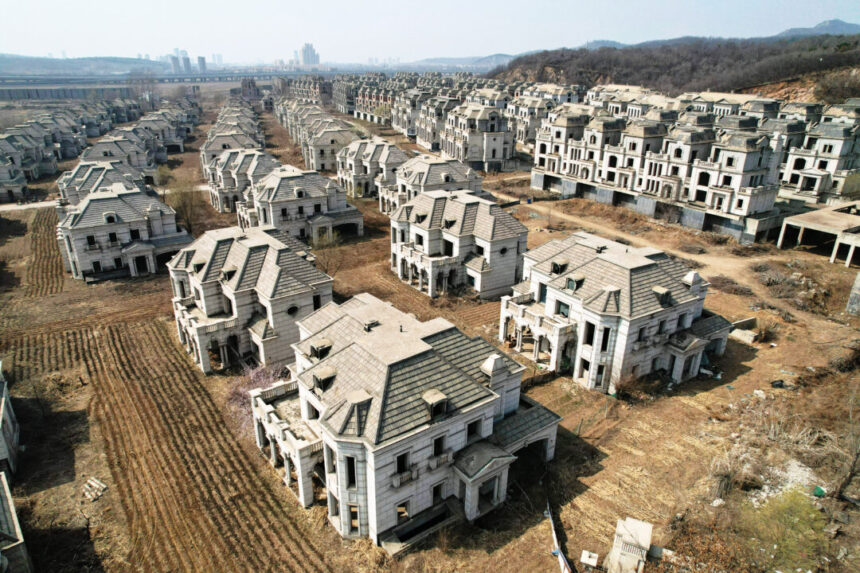Structural issues will exacerbate the already challenging situation for Beijing, making it nearly impossible to solve in the short term.
Commentary
Beijing has consistently failed to effectively address China’s property crisis. Initially, China’s leadership chose to ignore the issue.
For two years following the crisis that began in 2021, Beijing downplayed its significance and refused to intervene to assist the struggling property developer Evergrande and its clients, or protect Chinese financial markets from the repercussions. This lack of action allowed the problem to spread throughout the Chinese economy and finance sector as other developers faced collapse.
The latest initiative proposed by Beijing involves issuing 1 trillion yuan (approximately $140 billion) in ultra-long-term debt to allocate 500 billion yuan to acquiring vacant properties for affordable housing.
This repurchase plan aims to boost confidence in real estate investment in China by signaling that Beijing will act as a buyer of last resort, indirectly providing financial assistance to distressed developers, and saving costs by repurposing existing properties instead of constructing new ones.
While this effort is commendable compared to Beijing’s previous inaction, the program, despite its apparent scale, falls short of addressing the immediate needs and ambitious goals. To put it into perspective, the funding is significantly smaller than Evergrande’s initial $300 billion collapse. Beijing’s initiative is overshadowed by these figures, not to mention the subsequent failures like Country Garden. Experts suggest that a comprehensive solution would require trillions of yuan in public funding.
A significant challenge is the mismatch between surplus housing units and the demand for affordable housing. When Beijing acquires and repurposes units for affordable housing, they may be located in areas with no shortage of affordable housing. The most pressing affordable housing needs are in major cities, yet the majority of vacant units are in smaller towns. As a result, the purchased units, even after renovation, may remain unoccupied, while housing in larger cities remains unaffordable for many Chinese workers.
A key indicator of this issue is the low rental yields. In major cities where affordability is a pressing issue, the housing shortage has driven prices up to the extent that rental returns have dropped to as low as 1.64 percent, according to Centaline. This rate is lower than the financing costs for resale units, discouraging participation in Beijing’s program.
Similar challenges were observed in an earlier pilot program conducted by the People’s Bank of China (PBOC). Out of the targeted 100 billion yuan, only 2 billion yuan has been utilized to date. Compounding the hurdles for Beijing’s larger initiative is the reluctance of banks to engage, partly due to the rise in non-performing loans.
In addition to these obstacles, local governments in China have shown hesitance to participate. Years of pressure from Beijing to finance infrastructure projects have left many local governments burdened with debt, some struggling to provide basic services to their residents. This explains why initial financing for the program came from the central government’s credit. Despite this support, local authorities are reluctant to engage in programs that involve further debt.
In conclusion, Chinese authorities face the challenge of reviving the economy from the property crisis, knowing that effective solutions will take time to materialize. Even with the best efforts, overcoming this crisis will be a prolonged and arduous process for Beijing.
Views expressed in this article are opinions of the author and do not necessarily reflect the views of The Epoch Times.
Please rewrite this sentence for me.
Source link







